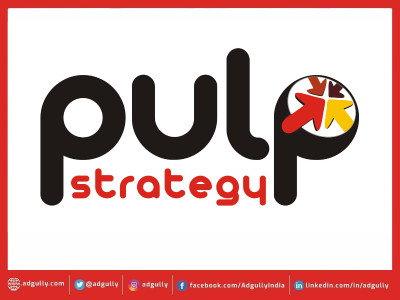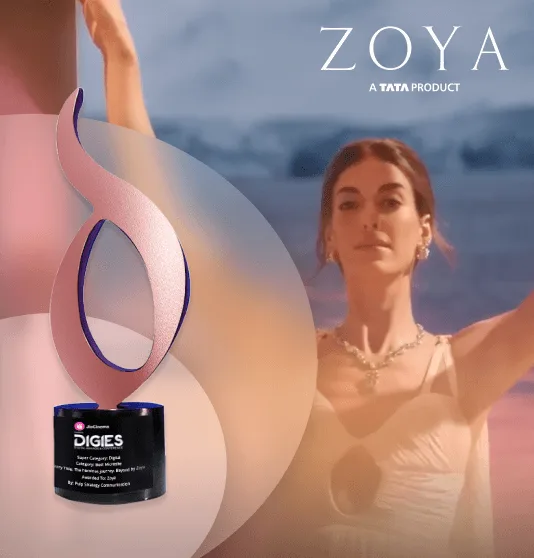Unleashing Possibilities
At Pulp Strategy, creativity and innovation fuel our cutting-edge digital consulting and technology solutions. We are the architects of disruption, living our epic story as adventurers, achievers, and agents of change-unearthing opportunities and creating possibilities for the sharpest brands across the globe.
Innovation and Digital Transformation for Strategic Growth
Innovation drives future growth. The accelerated digital shift across commerce, marketing, design, and technology presents a pivotal moment for transformative growth. As a hybrid agency consultant, we are your strategic partners in navigating this change. We tackle digital challenges head-on, design consumer-centric experiences, and strategically drive your business objectives to fruition.































































































